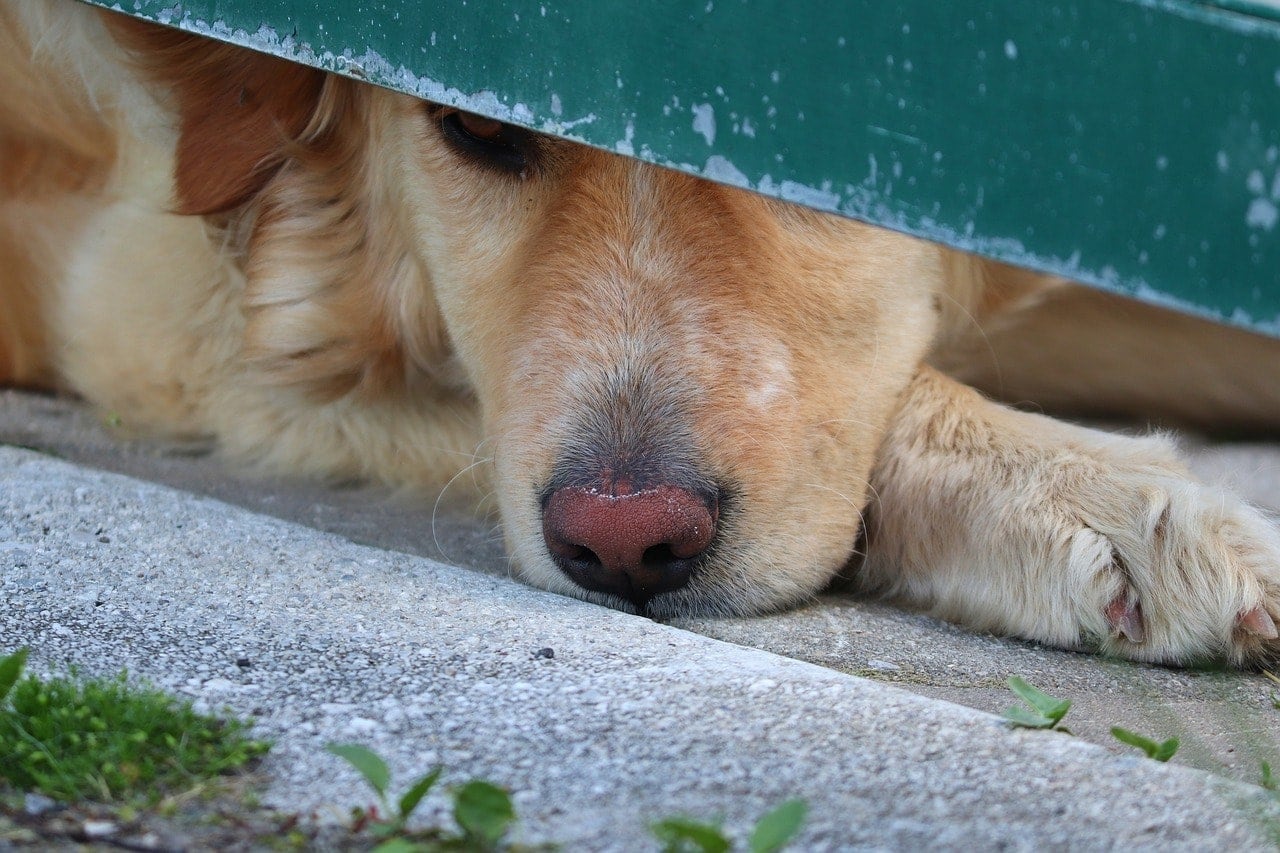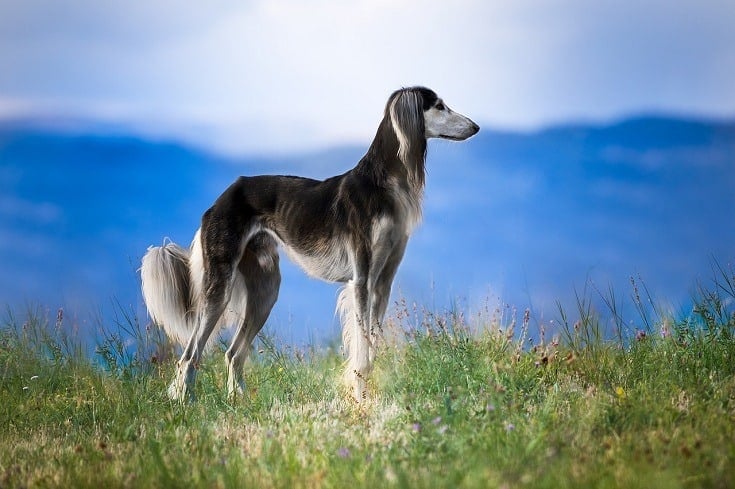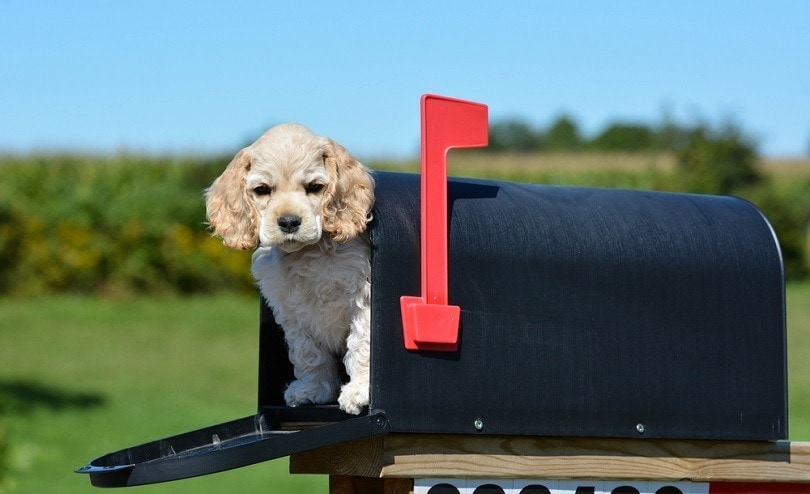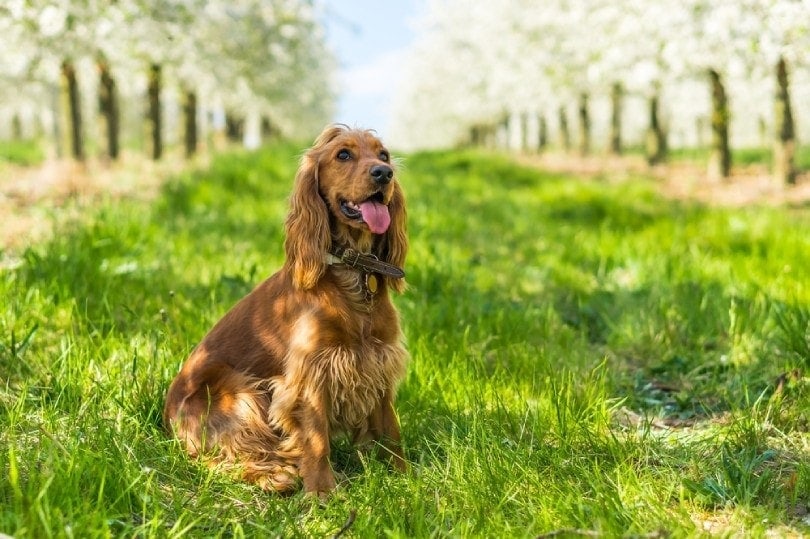As loving dog owners, it’s very easy to get caught up in small changes to your dog’s appearance. Each little change could possibly mean there’s an underlying concern that you should know about. But some changes are perfectly normal and aren’t cause for concern at all. The problem is, how do you know which is which?
If you’ve noticed your dog’s nose has changed colors, you might be feeling some concern. Whether it’s gone from black to pink, pink to black, or any other color changes, it could be caused by one of several different conditions.
More than likely, it’s not a major problem as there are normal reasons why your dog’s nose could change colors. Still, there are some underlying reasons for a change in nose color that could require veterinary attention. So, it’s best to cover all of your bases and at least understand the causes of dog noses changing color.
The 10 Reasons Your Dog’s Nose Is Changing Color:
There are many reasons that your dog’s nose could change color. Some of them occur naturally in lots of dogs and they aren’t cause for concern. However, some conditions that can cause your dog’s nose to change colors could be detrimental to your dog’s health, and you’ll want to know as early as possible so you can get veterinary attention for your canine and prevent health concerns from becoming full-blown medical emergencies.
1. Old Age
One of the most common reasons for a dog’s nose to change colors is that it’s aging. The pigment in your dog’s nose is likely to change as it ages, which can either cause a dark nose to turn to a lighter color or vice versa.

2. Injury
Injuries to the outside of the nose such as cuts and abrasions can cause the nose to turn pink while it heals, though the original color should return once the injury is fully healed.
3. Weather (Snow Nose)
If you notice that your dog’s nose changes from a dark color to a lighter one when the temperature drops, then it’s something known as snow nose. It’s not really a condition, as it happens naturally to many dogs. Particular breeds are more susceptible to snow nose, including Golden Retrievers, Labrador Retrievers, Huskies, and Shepherds.

4. Contact Dermatitis
If a dog’s nose comes into contact with something the dog is allergic to, the result can be a change in color. Usually, this will be accompanied by some other clues, such as a swollen or crusty nose. This can even be caused by your dog’s food bowl sometimes as some dogs are allergic to certain kinds of plastic.
5. Nasal De-pigmentation (Dudley Nose)
Sometimes, a dog’s nose changes color and there’s no known cause. This is a condition referred to as Dudley nose, though the proper term is nasal de-pigmentation. While this isn’t something to worry about, it can be disconcerting for dog owners. The nose may turn partially or completely white or pink. For some dogs, this is a temporary change, though other dogs’ noses may never return to the original color. Breeds most likely to experience Dudley nose include Irish Setters, Pointers, Poodles, Doberman Pinschers, Afghan Hounds, Golden Retrievers, Samoyeds, and White German Shepherds.
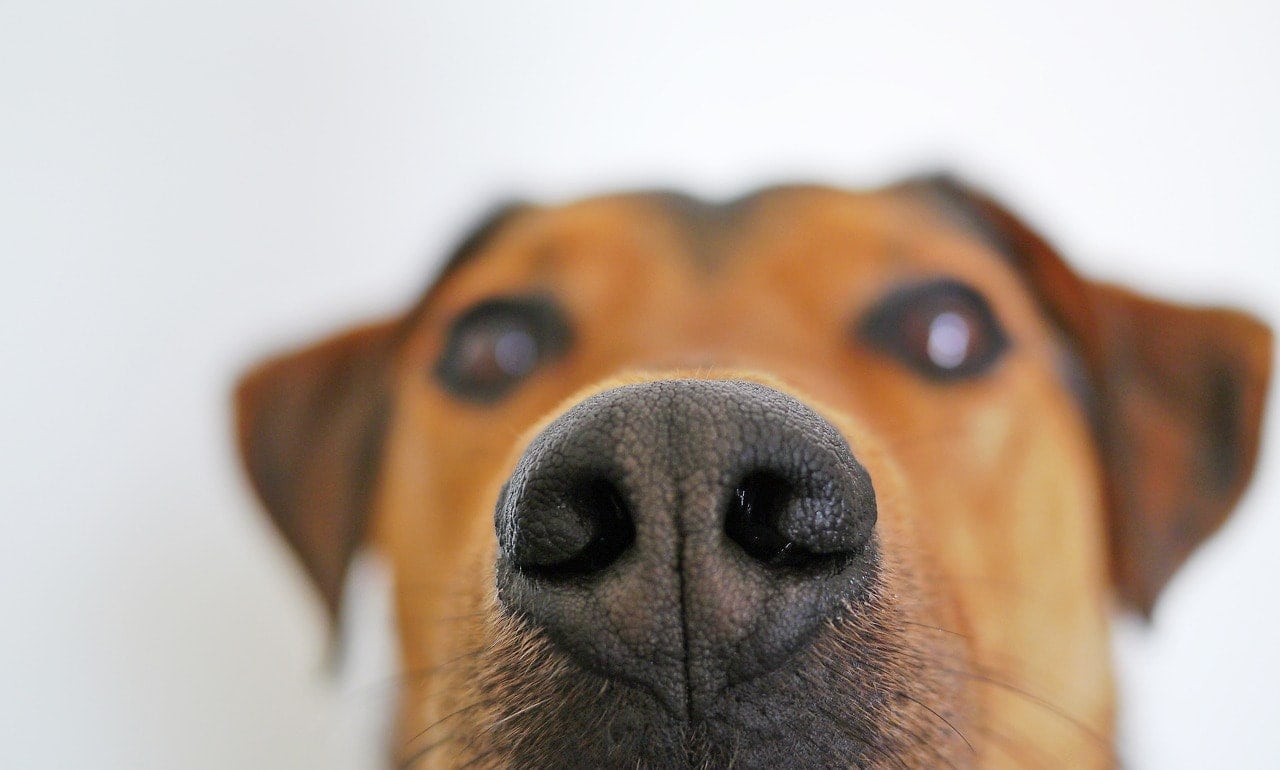
6. Bacterial Infection
When bacterial infection is the cause for your dog’s change in nose color, there will usually be other signs as well. You’ll probably notice that your dog’s nose looks swollen, crusty, sore, and in a generally unhealthy condition. If you notice these signs and think bacterial infection might be to blame, you should contact your veterinarian for further assistance.
7. Pemphigus
This is an immune-related skin disorder that causes sores and crust on and around your dog’s nose. Contact your vet immediately if you notice sores and crust as this condition is treatable.
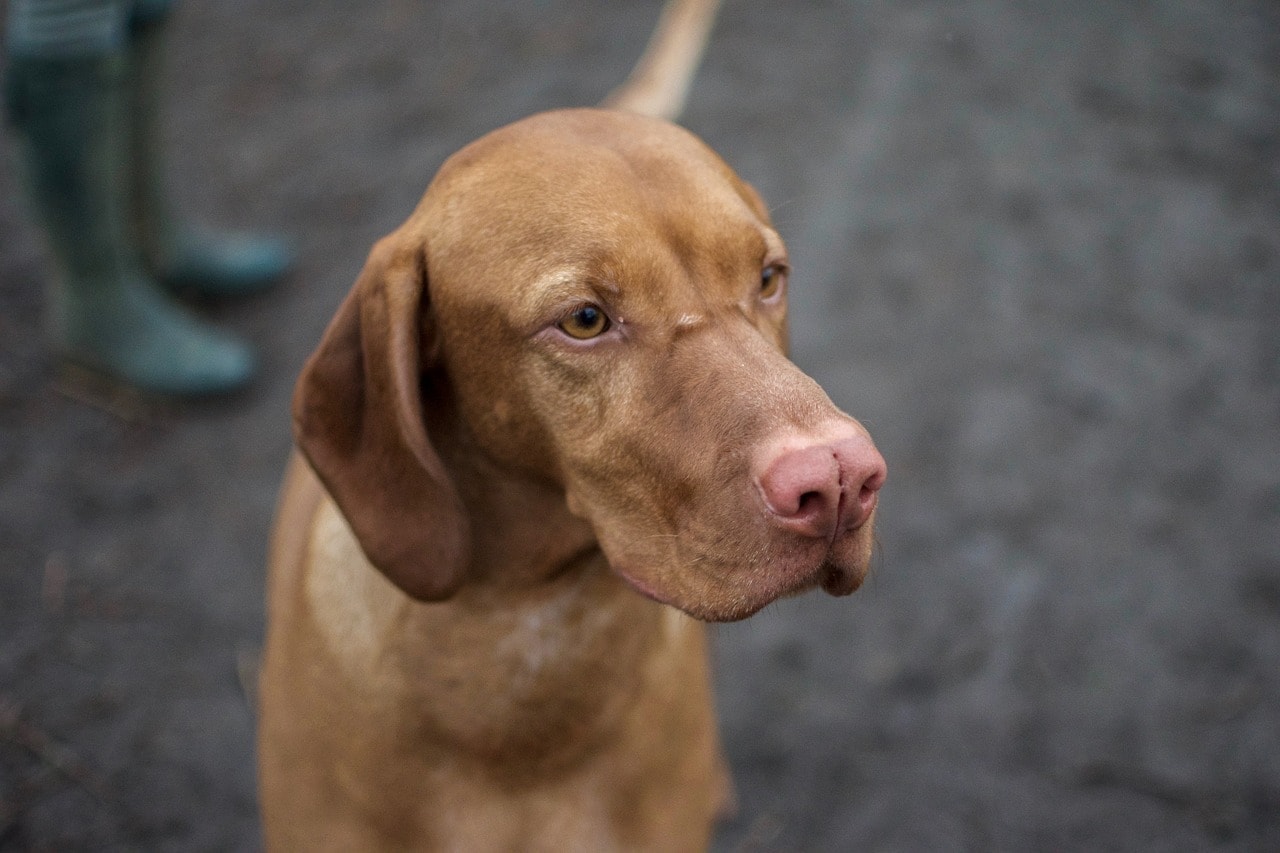
8. Vitiligo
Vitiligo also occurs in humans. It can affect the dog’s entire body, not just the nose. Once a dog starts turning white from vitiligo, the disorder will usually continue to worsen over time. However, a dog with vitiligo is still perfectly healthy; this condition only affects its appearance. It occurs when the immune system begins attacking healthy cells that carry pigment. Dachshunds, Doberman Pinschers, Rottweilers, Labrador Retrievers, and German Shepherds are the breeds most susceptible to vitiligo.
9. Discoid Lupus
Similar to pemphigus, discoid lupus is an immune-related skin disorder that causes sores to appear on and around your dog’s nose. Discoid Lupus tends to worsen with exposure to sunlight.

10. Skin Cancer
Skin cancer of the nose can cause its color to change. Dogs with light noses that are pink or white are vulnerable to sunburn and skin cancer. Take care to apply sunscreen to light-colored noses to prevent such issues.
Conclusion
If you’re wondering why is my dog’s nose changing color, we hope you’ve found an answer! Just because your dog’s nose has changed colors doesn’t mean you need to be worried. The most likely reason is that it’s changing with the weather or due to old age. These are harmless causes of changing nose colors that many dogs go through. Still, some reasons for this change in color could be accompanied by health complications, such as vitiligo, lupus, bacterial infection, or skin cancer. If you feel that your dog might have one of these underlying conditions, contact your veterinarian and get a professional opinion right away.
Featured Image Credit: Pixabay
